A description of this document is not currently available.
Cumberland County Historical Society
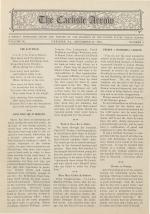
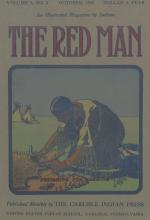
Orville J. Green, author of the first article, discussed the early history of the Mesquaki Indians (also known as Sac and Fox.) He covered the regional split between the Sac and Fox, their shared language and traditions, and the history of the nation in the 17th and 18th centuries. The next article, written by Arthur C. Parker, discussed the…
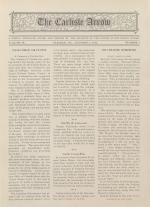
A description of this document is not currently available.
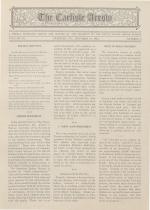
A description of this document is not currently available.
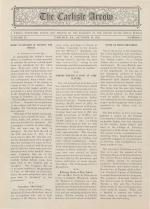
A description of this document is not currently available.
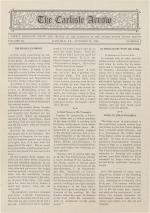
A description of this document is not currently available.
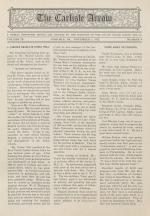
A description of this document is not currently available.
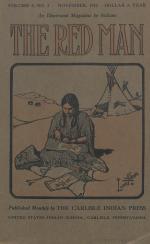
The first article, written by John W. Sanborn, director of the New York State Indian Exhibit, discussed his appreciation and interest in American Indians, stemming from his missionary work with the Seneca. Americus R. Allen, author of the next article, discussed an effective treatment for Tuberculosis glands. Orville J. Green discussed the…
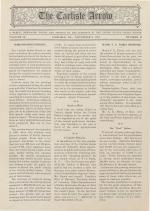
A description of this document is not currently available.
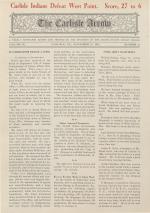
A description of this document is not currently available.
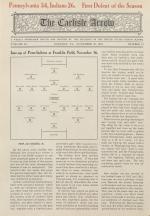
A description of this document is not currently available.
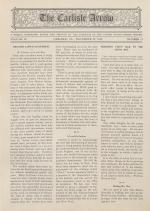
A description of this document is not currently available.
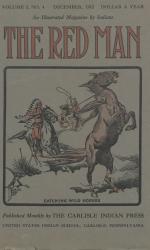
George Vaux Jr. discussed the living conditions amongst the Five Civilized Tribes of Oklahoma (the Cherokee, Creek, Seminole, Choctaw and Chickasaw Indians.) The next article is a poem entitled “The Man Who Wins”, written by Charles R. Barrett. F. H. Abbott, Commissioner of Indian Affairs and author of the next article, wrote about…
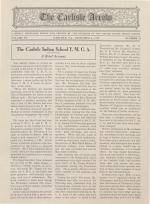
A description of this document is not currently available.

A description of this document is not currently available.
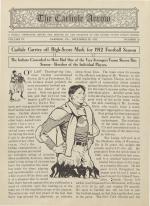
A description of this document is not currently available.
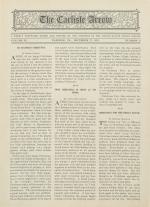
A description of this document is not currently available.
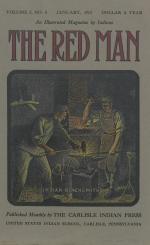
The first article, written by Frederick A. Woelflen, discussed the industrial progress of Northwest Indians. Harvey K. Meyer wrote about the Carlisle Indian School, and his belief that it trained Indian students for life. He referred to the amount of money made in instruction work, and the outing system. J. A. Gilfillan covered Ojibway Indian…
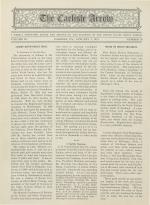
A description of this document is not currently available.
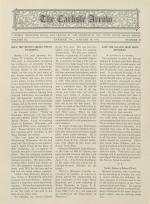
A description of this document is not currently available.
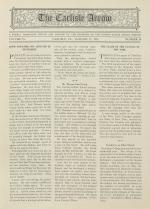
A description of this document is not currently available.
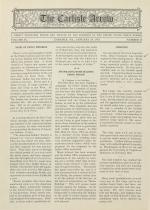
A description of this document is not currently available.
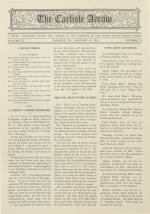
A description of this document is not currently available.
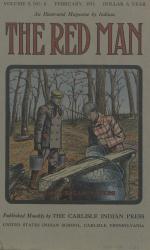
George P. Donehoo wrote the first article comparing Indians of the past to those of the future. The next article, written by E. L. Martin covered two Indian artists, Lone Star and his wife Angel De Cora and their art classes at the Carlisle Indian School. Estelle Armstrong, author of the next article, wrote about the tale of a dog, which…
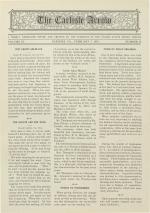
A description of this document is not currently available.
